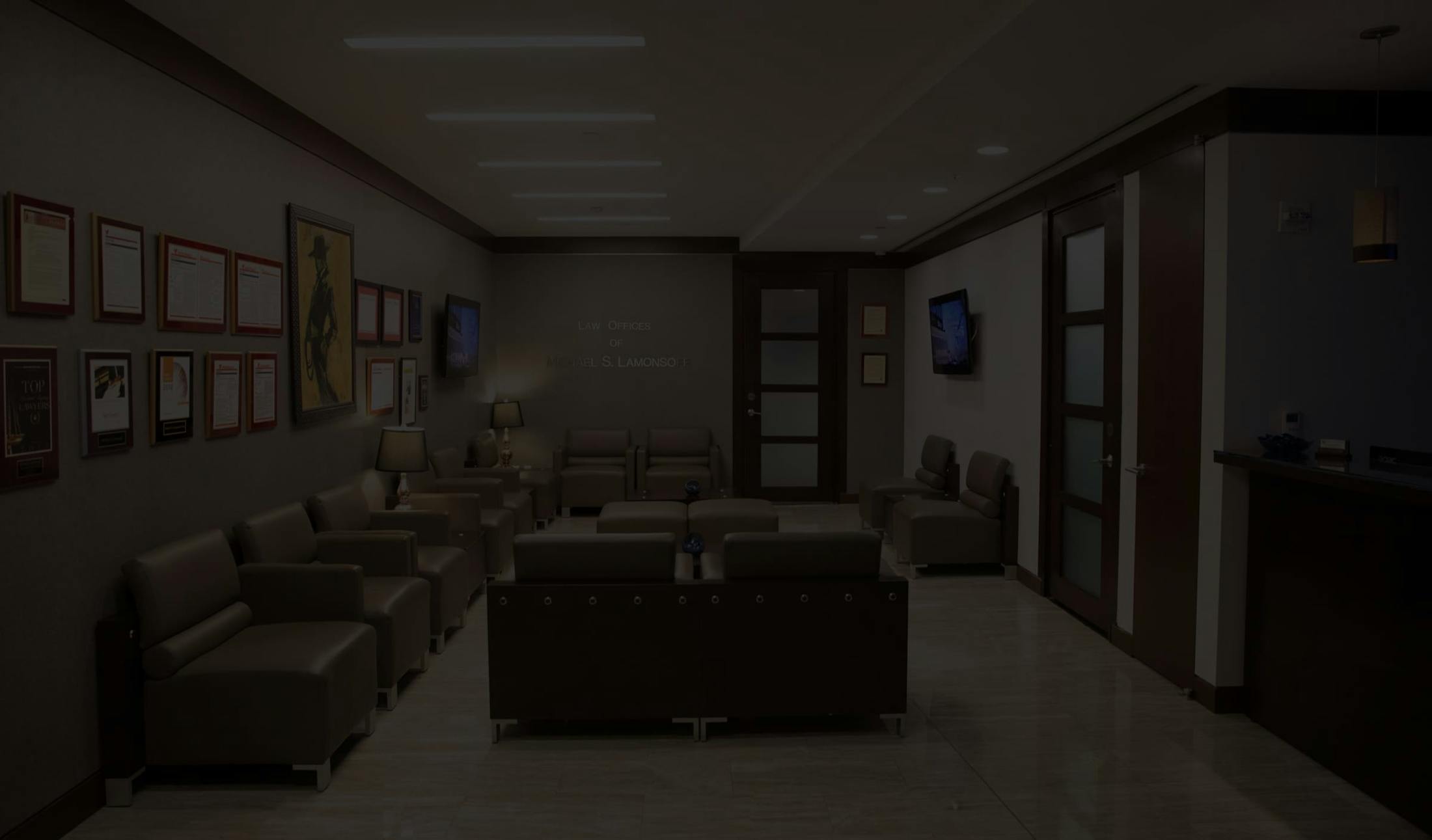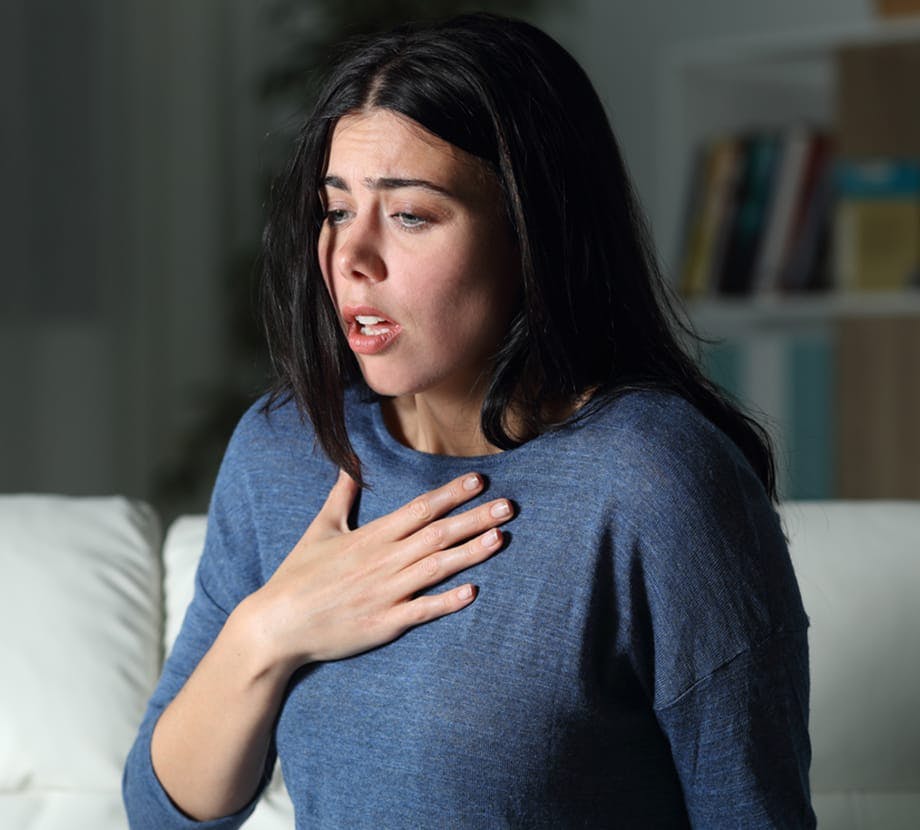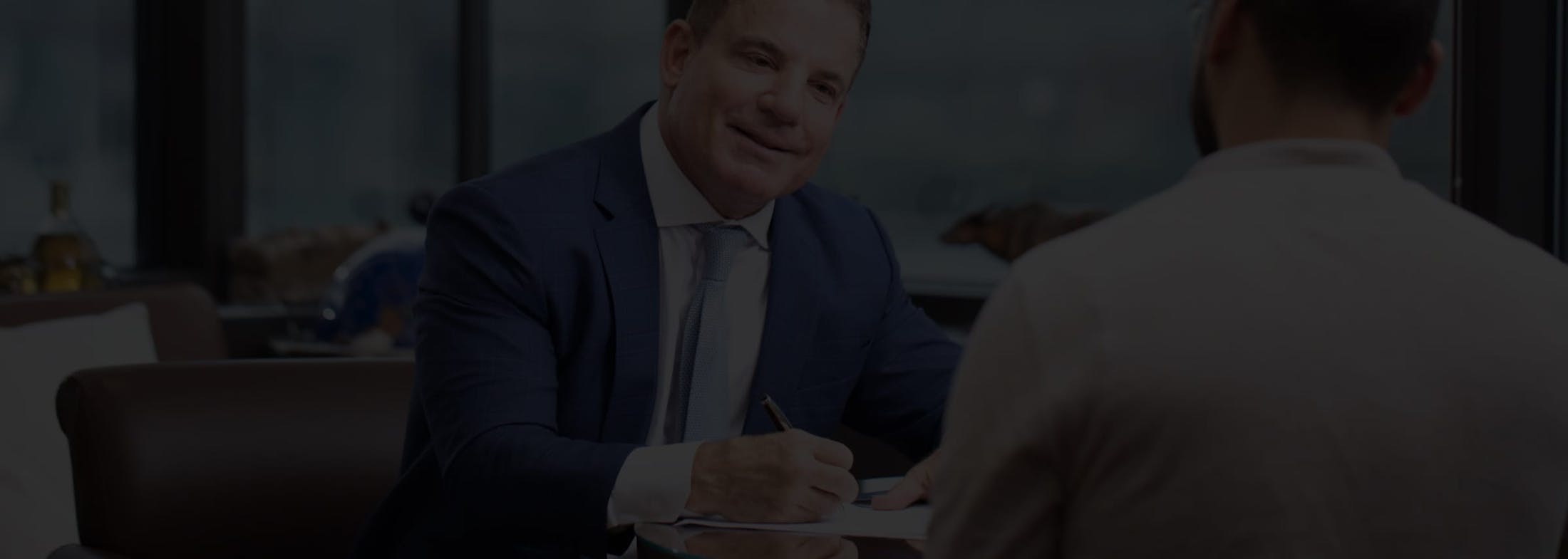How Suffocation Can Impact Your Body
Your brain is highly sensitive to oxygen (O2) levels. It relies on a constant O2 supply to function properly. Even a brief interruption can cause hypoxia and anoxia. Hypoxia refers to low levels of oxygen in the brain, while anoxia means a complete lack of oxygen. Both conditions can lead to brain damage.
Within 4 to 6 minutes of not receiving any, your brain cells can begin to die. After about 4 minutes without oxygen, cells start to experience damage, and by 6 minutes, this damage can become irreversible, resulting in lifelong cognitive impairments, memory loss, coma, or in severe cases, death.
Every cell in your body, including those in your heart, requires oxygen to function. Your heart muscles get oxygen from the blood circulating through your coronary arteries. In the absence of oxygen, your heart cannot work as it should and it fails to produce the energy it needs to pump blood effectively. Prolonged oxygen deprivation, even for less than 5 minutes, can cause arrhythmias (irregular heartbeats) or ischemia (where heart muscle cells die), which is the basis of a heart attack (myocardial infarction).
Not to mention the struggle to breathe can cause severe stress on your respiratory system. Fluid can accumulate in your lungs (a condition known as pulmonary edema) and make breathing even more difficult. As suffocation progresses, your kidneys, liver, and other vital organs can start to fail, which eventually translates to death.
In children, suffocation can be even more deadly. Babies and young children have a higher metabolic rate, so they consume oxygen more quickly. This leads to a faster depletion of oxygen in situations of suffocation, making them more vulnerable to the adverse effects of oxygen deprivation. The brains of infants and young children are still developing; even a brief period of suffocation can cause more long-lasting damage in children than in adults, including potential impacts on cognitive, motor, and neurodevelopmental functions.





